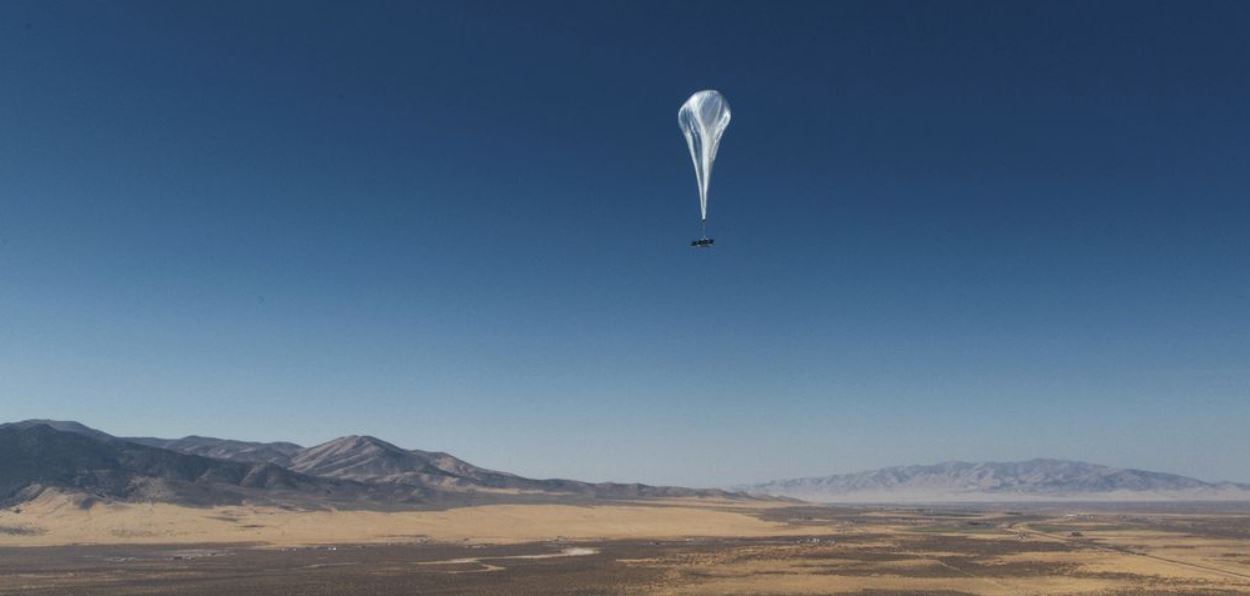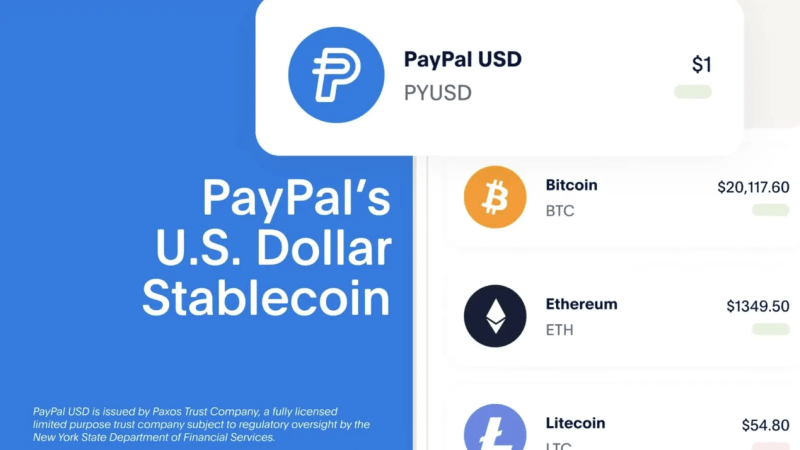Google Loon balloon start working bringing the Internet

- Project Loon will offer Internet access in some 50,000 square kilometers of Kenya.
- The latest tests have achieved a speed of 4.74 Mbps upload, and 19.9 Mbps download.
Project Loon is the initiative that Google announced in 2013 to bring mobile Internet coverage to remote areas where the installation of fixed infrastructures would not be feasible. For this, solar balloons would be used. Seven years later, these Loon balloons begin to operate on a commercial and massive level in Kenya. In this country, they have been testing for some months, with the help of local operator Telkom Kenya. It is, therefore, its first large-scale application and the first application of the system in Africa.
This operation is crucial since it will depend on whether or not those skeptics, between governments and telecommunications operators, who currently doubt about its technical viability for some issues, can be convinced. According to Alastair Westgarth, CEO of Loon, the first region where Internet access will be offered via balloons will occupy 50,000 square kilometers, plus or minus 10% of the country’s total area. The area corresponds to the areas of Iten, Eldoret, Baringo, Nakuru, Kakamega, Kisumu, Kisii, Bomet, Kericho, and Narok.
A fleet of 35 balloons in the stratosphere
Loon has deployed a fleet of 35 balloons that will constantly be moving in the stratosphere over East Africa. The trajectory is decided by ‘machine learning’ algorithms that have been able to develop their navigation maneuvers. Over the next few weeks, more balloons will be deployed to ensure that the system is stable.
Regarding coverage stability and technical conditions, Loon states that in one of the last field tests in June, they achieved a speed of 4.74 Mbps upload, 18.9 Mbps download, and a latency of 19 milliseconds. They claim that Loon and Telkom have been able to make voice calls, video calls, and use apps like YouTube or WhatsApp through this network and connect 35,000 unique users.
Loon’s balloons are in the stratosphere, about 20 kilometers above sea level. The Kenyan operator points out that the balloons will be launched from the United States and that they will arrive in the country using air currents from the stratosphere. It also ensures that since they are powered by solar energy, they will offer an Internet connection from 6:00 a.m. to 9:00 p.m. local time.
One of the advantages of this system is its rapid deployment and flexibility. Loon’s goal is not to replace existing infrastructure (satellites and ground infrastructure), but to add a third layer that complements the other two. Tekmon Kenya CEO Mugo Kibati says Internet-enabled balloons will be able to offer connectivity to the many Kenyans living in remote regions that are under-served or under-served, and as such, remain at a disadvantage. ”
The Google project is facing a lawsuit for the alleged theft of the idea from a competitor in 2008. The trial for it will begin on August 2 in San José, California. Despite the possible drawbacks, Project Loon has already demonstrated its viability in Peru and Puerto Rico, which made it possible for operators to use their balloons free of charge in those areas where natural disasters ended up knocking down telephone towers over the past three years.






